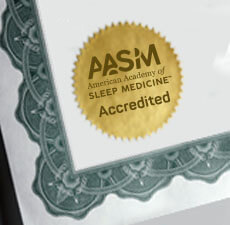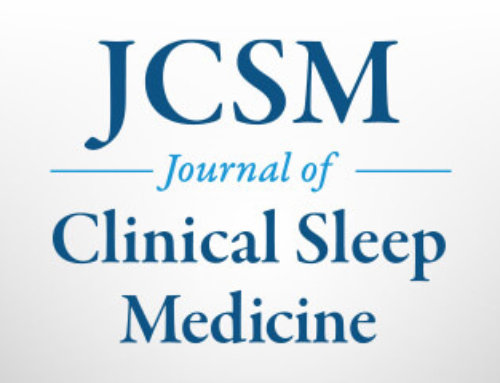Westchester, Ill.— A study in the Sept. 1 issue of the journal Sleep shows that daytime sleeping during a rehabilitation stay predicts less functional recovery for older adults, with effects lasting as long as three months.
Results show that a higher percentage of daytime sleep during rehabilitation was significantly associated with less functional recovery from admission to discharge even after adjusting for other predictors such as mental status, hours of therapy received and reason for admission. More daytime sleeping during rehab remained a significant predictor of less functional recovery at a three-month follow-up.
“We were surprised that the results suggested that it was the excessive daytime sleeping in the rehabilitation facility which was associated with less improvement in their physical functioning,” said principal investigator Cathy A. Alessi, MD, of the VA Greater Los Angeles Healthcare System and the UCLA David Geffen School of Medicine. “We were also surprised by how long this effect lasted. For up to three months later, more sleeping during the daytime while they were in the rehabilitation facility was still related to their physical functioning after being discharged.”
The authors suggest that these findings are particularly significant because sleep disturbances may be a modifiable predictor of rehabilitation outcomes. In contrast, many other predictors of rehabilitation outcomes such as cognitive functioning or hospital readmission are difficult or impossible to change. Interventions to improve sleep patterns of older people during rehabilitation, and in particular to reduce daytime sleeping, may promote functional recovery.
The study involved 245 adults with an average age of 80.6 years. Each participant had been admitted at one of two study sites for in-patient “post-acute” rehabilitation related to conditions such as an orthopedic problem, a heart problem or a stroke. According to the study, older people who are admitted to the hospital due to an illness or injury sometimes are unable to return home immediately. Instead, elderly patients may require a period of therapy and recovery in a rehabilitation facility such as a nursing home.
Objective sleep measurements were recorded by actigraphy for seven days and nights. As another objective measure of daytime sleeping, trained research staff conducted two days of scheduled observations every 15 minutes between 9 a.m. and 5 p.m. Respiratory sleep monitoring data were collected for 115 participants by one night of attended multichannel sleep recording. An assortment of questionnaires also were completed, and a follow-up assessment was conducted three months from the date of admission to the rehab facility.
Results show that participants slept for an objectively measured daily average of 2.1 hours during the daytime, which represents 15.8 percent of the time between waking up and bedtime. Structured observations also found that participants were asleep on 16.3 percent of observations. Participants reported worse sleep during their rehabilitation admission compared to their sleep before the onset of their recent illness, and 50 percent of participants reported clinically significant sleep disturbances during their rehabilitation stay.
According to the authors, patients’ sleep may be disrupted during a hospital stay by existing medical conditions, sleep disorders or environmental factors. Daytime sleeping may play a direct rule in attenuating functional gains due to decreased motivation and effort expended during therapy sessions.
Sleep is the official journal of the Associated Professional Sleep Societies, LLC, a joint venture of the American Academy of Sleep Medicine and the Sleep Research Society.
For a copy of the study, “More Daytime Sleeping Predicts Less Functional Recovery Among Older People Undergoing Inpatient Post-Acute Rehabilitation,” or to arrange an interview with an AASM spokesperson, please contact Kelly Wagner, AASM public relations coordinator, at (708) 492-0930, ext. 9331, or kwagner@aasm.org.
###








